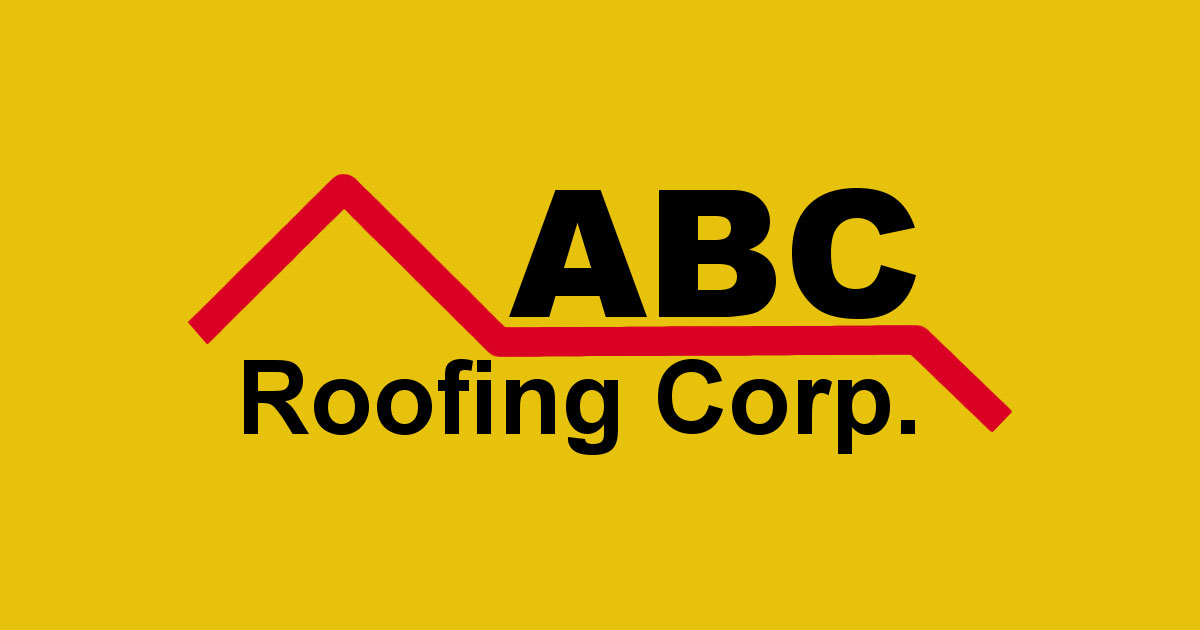
NRCA ES-1 Contractors Edge Program Program is a great option for roofers and builders. This program is free to use and allows them the freedom to choose from various edge metal profiles. They can also have the products custom-fabricated to fit their needs. Thunderbird Products can provide fast, efficient fabrication for all types of profiles. They also offer affordable shipping at a maximum cost of $1,000 per box. Thunderbird Products is available to answer your questions about edge metal systems.
ES-1, a comprehensive standard for roof edge design, is available. This document provides a numerical analysis to determine the design wind loads. It also includes three test methods to assess how roof edges are holding up. This testing assures that edge metal products can withstand wind loads greater than those required for their construction. If you are interested in learning more about this roofing product, contact a manufacturer or a licensed contractor to learn more about how it works.

IBC 2018 doesn't adopt the ES-1 design wind loads determination procedure. Instead, it requires that design wind loads be calculated based on ASCE 7-16, the minimum design standards and associated criteria for buildings. The IBC requires these wind loads to be documented in project construction documents. To learn more about the ES-1 certification process, visit the NRCA website. You'll be able determine if your edge metallic flashing is compliant to the code after reading the ES-1 Article.
Edge metal should be installed at all roof edges. You should install these drip edge metal pieces under the first row of shingles, over the gutter, and under the second row of roof shingles. Afterwards, you can install drip edges by following the steps outlined in a guide. Most roofs will require the installation of metal strips. This will keep your roof in great condition.
Install drip edge steel using 36 gauge or greater. This will prevent rust. It must be placed in a recess so it can catch water and prevent drips. Similarly, a sloping roof must be a "drip edge" to prevent the water from flowing into the gutter. It is an essential part of the roof. It will improve the aesthetic appeal, depending on how much you have to spend and what your budget is.

A drip edge can be described as a special form of drip metal. It directs water away to the roof's edge. It also protects wood exposed to rainwater. Most roofing systems are made out of plywood or 1x6 dimension lumber. The roof's edges can absorb moisture and become brittle. Drip eaves will prevent this from happening. It will protect surrounding roof materials from any damage. The drip eave protects against wind-driven debris and erosion.
FAQ
How Much Does It Cost to Renovate A House
Cost of renovations depends on the material used, how large the job is and how complex it is. Some materials, like wood, need special tools like saws and drilling while others, like steel require no additional tools. The cost of renovations will vary depending on whether your contractor does all the work or you do it yourself.
The average cost of home improvement projects ranges from $1,000 to $10,000. The total cost for a home renovation project would be $5,000 to $25,000 if you hire professionals. On the other hand, if you decide to do the entire task yourself then the total cost could reach up to $100,000.
There are many factors that influence the final cost of renovations. These include the material used (e.g. They include the type of material used (e.g., brick vs. concrete), the size and number of workers involved, as well as the length of each project. These are important considerations to remember when estimating total renovation cost.
How do I choose the right contractor?
Ask family and friends for referrals when looking for a contractor. Also, look at online reviews. It is important to confirm that the contractor that you choose has worked in the same area as you. Ask for references and check them out.
How do I start a renovation of a house?
Clean out your home and get rid of all clutter. Next, remove moldy spots, replace damaged walls, fix leaky pipes, and paint the whole interior. Final steps include cleaning up exterior surfaces and applying new paint.
Is it better to hire a general contractor or a subcontractor?
The cost of hiring a general contractor can be higher than that of a subcontractor. A general contractor often has many workers, which means they can charge their clients more for labor. A subcontractor, on the other hand, only hires one worker, and charges less per hour.
Should you do floors or walls first?
The best way for any project to get started is to decide what you want. It is important that you think about how and who you want to use the space. This will help you choose flooring or wallcoverings.
You may want to lay flooring before you create an open-plan kitchen/living space. Wall coverings are an option if you prefer to keep this space private.
What should I do if I want to hire an architect/builder?
If you are planning to renovate your own home, it may be easier to just hire someone else to do the work for you. However, if you are planning to buy a new home, then hiring an architect or builder will help you make sure that you get exactly what you want.
Statistics
- Rather, allot 10% to 15% for a contingency fund to pay for unexpected construction issues. (kiplinger.com)
- According to the National Association of the Remodeling Industry's 2019 remodeling impact report , realtors estimate that homeowners can recover 59% of the cost of a complete kitchen renovation if they sell their home. (bhg.com)
- It is advisable, however, to have a contingency of 10–20 per cent to allow for the unexpected expenses that can arise when renovating older homes. (realhomes.com)
- Design-builders may ask for a down payment of up to 25% or 33% of the job cost, says the NARI. (kiplinger.com)
- Most lenders will lend you up to 75% or 80% of the appraised value of your home, but some will go higher. (kiplinger.com)
External Links
How To
How do you plan a complete home remodel?
Research and careful planning are essential when planning a house remodel. Before you start your project, here are some things to keep in mind. First, you must decide what type of home improvement you want. There are several categories you can choose from, such as bathroom, kitchen, bedroom, living area, and so on. Once you know which category you would like to work on, you'll need to figure out how much money you have available to spend on your project. It's best to budget at least $5,000 per room if you don't have any experience working on homes. If you have more experience, you might be able spend less.
Once you've determined the amount of money you can spend, you need to decide how large a job you want. If you have only enough money to remodel a small kitchen, you may not be able add new flooring, countertops, or paint the walls. You can do almost everything if you have enough cash for a full-scale kitchen renovation.
Next, find a contractor who is skilled in the type and scope of work you wish to undertake. This way, you'll be guaranteed quality results and you'll save yourself a lot of headaches later on down the road. Once you have hired a contractor, gather materials and other supplies. You may need to purchase everything from scratch depending on the size and scope of your project. You shouldn't have any trouble finding the right item in pre-made stores.
Now it's time for you to start planning. Begin by sketching out a rough plan of where furniture and appliances will be placed. The next step is to design the layout of the rooms. You should leave enough space for electrical outlets and plumbing. Visitors will be able to easily reach the areas that are most frequently used near the front doors. The final step in your design is to choose colors and finishes. You can save money by using neutral colors and simple designs.
Now that you're finished drawing up your plan, it's finally time to start building! Before you start any construction, be sure to check the local codes. Some cities require permits while others allow homeowners to build without one. To begin construction you will first need to take down all walls and floors. The next step is to lay plywood sheets on your new flooring. Then, you'll nail or screw together pieces of wood to form the frame for your cabinets. The frame will be completed when doors and windows are attached.
You'll need to finish a few final touches once you're done. For example, you'll probably want to cover exposed pipes and wires. Plastic sheeting and tape are used to cover exposed wires. Also, you will need to hang mirrors or pictures. Just remember to keep your work area clean and tidy at all times.
If you follow these steps, you'll end up with a beautiful, functional home that looks great and saves you lots of money. You now have the knowledge to plan a complete house remodel.